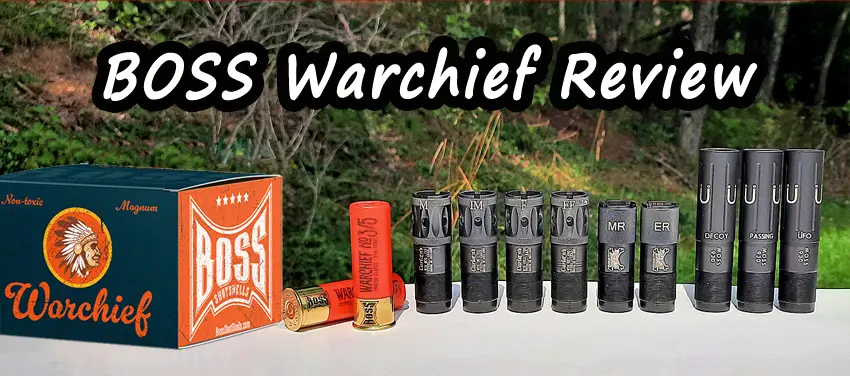If you want to hunt ducks, you need to be able to hide. But how can you do that cheap? Are there cost effective approaches to waterfowl hunting blinds, or do you need to spend big money? On this episode I cover four strategies for hiding on the cheap.
Hiding is synonymous with waterfowl hunting. You must have cover if you want birds to voluntarily come into shooting range. And you need to have cover even more if you are trying to sneak up on the ducks.
The hunting industry has answered this fundamental need with a great many expensive contraptions such as A-Fram blinds, lay out blinds, dog blinds, and many more. Generally speaking, these options all work in the right situations. But are there cheaper ways?
Not long ago, none of these hiding options existed. They were nowhere to be found. All hunters built or improvised their own blinds, most often temporary ones, used for just one hunt. Occasionally they had the luxury of using one a couple of times. Setting up a blind was as much of part of the morning routine as putting on your waders or setting out the decoys. But today, much of this has been lost, replaced with expensive alternatives.
In this podcast episode I harken back to the days of waterfowl ingenuity, empowering hunters to hide for little or no budget at all. Some of these options are clear cut, while others are unorthodox, but each one works in the right situation. If you want cheap options for concealment while hunting waterfowl, you need to listen to this short episode.
Spoiler alert, a lot of expensive blinds you can buy save little to no time, are not less work, and do not hide you better than many of the strategies in this episode. There are times when purchased blinds are very helpful, but more often than not, they provide comparable effectiveness with increased complexity. You do not need that to get started. You can go into the woods tomorrow, and setup a good hide for cheap or free and hunt ducks.
You can save your money for other waterfowl hunting necessities like waders, call, decoys, ammo, shotguns, camo, boots, gloves, sleds, etc. Buying a blind is always something you can do later. But you do not need to do it to get started. In fact, many expert waterfowl hunters never do it all. They hunt every day of their season, year after year, following the simple strategies I detail in this podcast episode.
If you want to buy blinds, great, go for it. But you should also know these simple strategies to help you in uncommon hunting scenarios when purchased hunting blinds are not as effective or you just cannot get them to the spot you are hunting.
Listen to the whole episode to hear the details.

